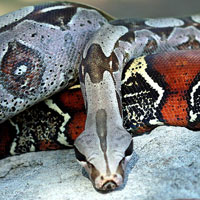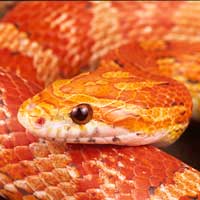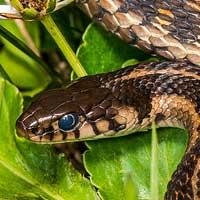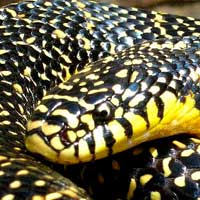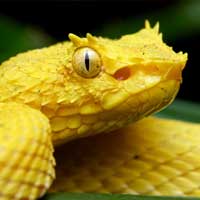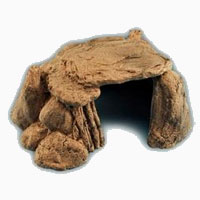Arizona Mountain Kingsnake
Scientific Name: Lampropelitis Pyromelana Pyromelana
Share this Post
The scientific name of the Arizona mountain kingsnake is Lampropeltis pyromelana pyromelana. Another common name for this snake is Sonoran mountain kingsnakes. Its average size ranges from 18 to 44 inches. The snake has a variety of colors on its body thus producing a magnificent pattern. The head has a yellow snout that distinguishes Arizona mountain kingsnake from other snakes similar to it. On top of the head, there is a black coloration. Flashes of red color occur above the eyes thus producing a unique pattern. On its dorsal side, the snake has triads composed of a mixture of red and black shades. In other occasions, a white shade may occur.
Arizona Mountain Kingsnakes Are Beautiful Creatures
Facts About Arizona Mountain Kingsnakes
Geographic Location
One finds this species in Northern Mexico, Chihuahua, Sonora in addition to central and eastern Arizona.
Habitat
One finds this snake within mountainous regions as well as woodlands. Some species live along rivers and streams.
Behavior
The Arizona kingsnake is rarely seen during winter because it hibernates when temperatures are too low. During summer, one stands a good chance of locating these snakes as they enjoy the warmth of the sunshine. Arizona kingsnakes are diurnal therefore; one finds them easily during the day especially in the afternoons. These snakes are adapted for climbing trees using their belly muscles. They feed on birds after arizonia mountain kingsnake rightcapturing them from their nests.
Reproduction
Arizona mountain kingsnakes breed during warm seasons. During this time, females feed much to produce adequate heat and energy required for egg production and maturation. Breeding occurs during the spring season. Copulation period occurs from March to the second week of May. This allows males to fertilize females adequately. Their gestation period lasts approximately sixty days. Females loose a lot of weight after laying eggs and they often appear flat however, they feed lavishly to replenish their energy reserves and gain a robust stature. Hatchling size is approximately inches.
